David K commented on the post, Why Leica is staying at 37.5MP for the S (Typ 007) 11 years, 1 month ago
In reply to: David Farkas wrote a new post, Why Leica is staying at 37.5MP for the S (Typ 007) Since Photokina, I’ve read some comments online expressing disappointment in Leica’s decision to use the same 37.5MP resolution of the current S (Typ 006) in the upcoming S (Typ 007). I’m not surprised. Indeed, as a long time S-System user myself, I can’t say that my initial reaction wasn’t similar. I too wondered why there was no resolution bump. But, unlike the average S-System user, I have a certain advantage and a somewhat unique perspective that most don’t. I’ve had a few hours of one-on-one time during Photokina with key individuals at Leica responsible for developing the product. And believe me, I am grateful for the continuing opportunities that my close relationship with Leica has allowed for over the years. Besides speaking with the head of professional imaging Stephan Schulz and S 007 product manager Toni Felsner at some length in Cologne, I also had a very informative chat with Dr. Volker Zimmer, the head of R&D at Leica. In each of my conversations, I pretty much led off with, “So, why only 37.5?” And, to the casual observer, the reactions and responses to such a direct question that I received might be surprising. Instead of the defensiveness that one might expect, I was greeted with knowing smiles and articulate reasons surrounding the decision.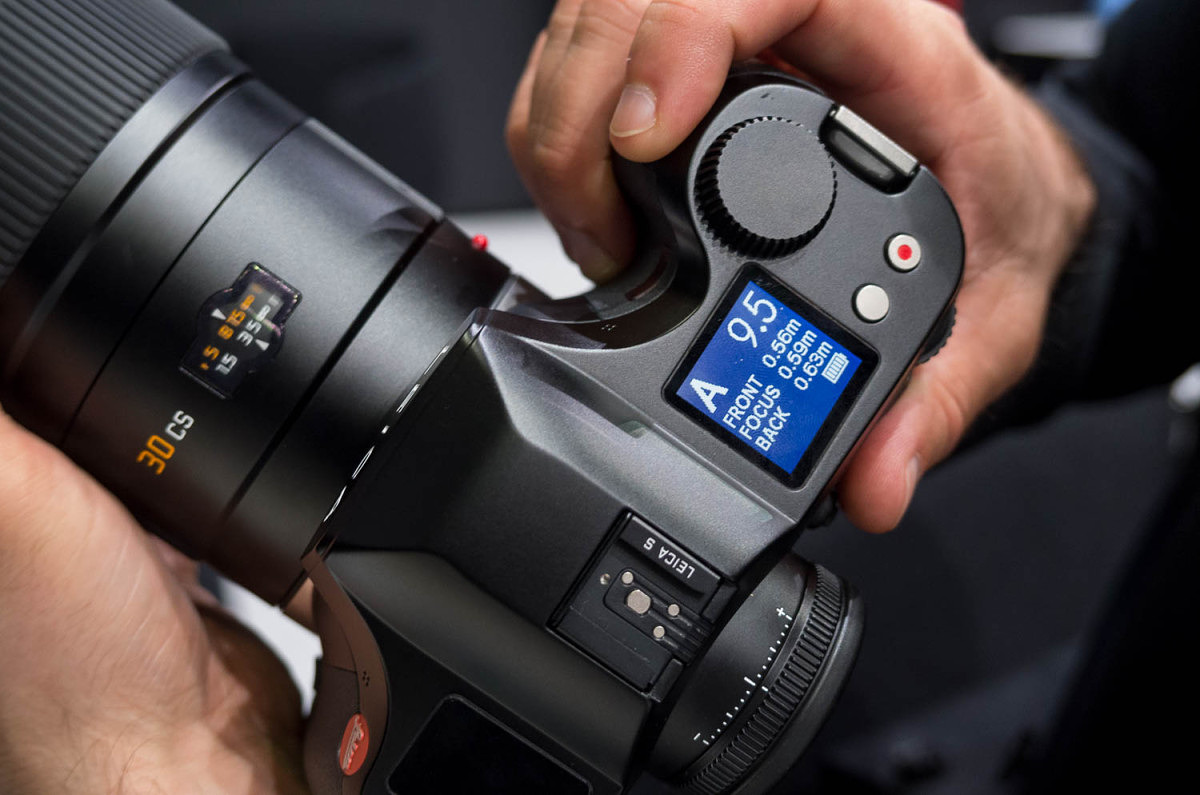 Before even delving into Leica’s strategy, we, as users, have to really ask if this resolution is holding us back. Some might say, “Yes, absolutely. More is always better.” And perhaps others would reason, “No, the resolution is fine, but I’d really like live view and higher ISO.” As for myself, I’ve been shooting with the S2 and then S 006 since before the S2 was even in production. I have made eye-poppingly good 30x40 inch prints myself and have seen beautiful fine art prints 5 x 7 feet printed from single S2 files hanging in our gallery at Leica Store Miami from photographer EJ Camp.Stephan’s take on the matter was that he doesn’t think that users’ real issue is about actually needing more pixels. The difference between 40 and 50 MP is roughly a 10-15% increase in linear resolution, hardly earth shattering. He feels strongly that for there to be a noticeable increase in image quality, the jump would have to be more significant, say from 40 to 60 or possibly even to 70 MP. He believes the underlying concern is that users of a system want to feel theirs is the most advanced, the most future-proof. By staying at 37.5 MP while the competition is all going to 50 MP, Stephan thinks that the concern of some Leica S users is that somehow their camera is outclassed, or worse, outdated. I thought for a moment about this then ran a quick list of features in my head, innovations and advantages of the S 007 vs. the competition.I thought in general about all S camera bodies, including the current S 006:
Before even delving into Leica’s strategy, we, as users, have to really ask if this resolution is holding us back. Some might say, “Yes, absolutely. More is always better.” And perhaps others would reason, “No, the resolution is fine, but I’d really like live view and higher ISO.” As for myself, I’ve been shooting with the S2 and then S 006 since before the S2 was even in production. I have made eye-poppingly good 30x40 inch prints myself and have seen beautiful fine art prints 5 x 7 feet printed from single S2 files hanging in our gallery at Leica Store Miami from photographer EJ Camp.Stephan’s take on the matter was that he doesn’t think that users’ real issue is about actually needing more pixels. The difference between 40 and 50 MP is roughly a 10-15% increase in linear resolution, hardly earth shattering. He feels strongly that for there to be a noticeable increase in image quality, the jump would have to be more significant, say from 40 to 60 or possibly even to 70 MP. He believes the underlying concern is that users of a system want to feel theirs is the most advanced, the most future-proof. By staying at 37.5 MP while the competition is all going to 50 MP, Stephan thinks that the concern of some Leica S users is that somehow their camera is outclassed, or worse, outdated. I thought for a moment about this then ran a quick list of features in my head, innovations and advantages of the S 007 vs. the competition.I thought in general about all S camera bodies, including the current S 006:- Smallest, lightest, most ergonomic body
- Completely weather and dust sealed on body and lenses
- Brightest, most color neutral viewfinder
- Virtual horizon display in viewfinder
- Dual shutter system (even with Hasselblad HC/HCD lenses)
- Least mirror vibration
- Best lenses (no one seems to argue this one)
- Longest battery life with shot counts measured in thousands
- Optional grip to double battery life
- Fastest AF system (with latest firmware)
- Best focus tracking for moving subjects (with latest firmware)
- Only system with built-in GPS for geotagging and auto time/date/time zone setting
- Most integrated system with such features as aperture shift compensation in AF
- Only system designed 100% from the ground-up as a complete digital imaging chain
- Ability to use Hasselblad HC/HCD lenses with full AF, aperture and shutter control via adapter
- Ability to use Contax lenses with full AF and aperture control via adapter
- Manual adapters for Mamiya 645, Hasselblad V and Pentax 67
- Fastest frame rate / fastest sustained frame rate (3.5 fps)
- Fastest shot-to-shot time
- What promises to be best high ISO performance in MFD
- Most advanced sensor design (I’ll get to this one in a minute)
- Magnified live view anywhere in image
- Focus peaking on screen
- Only system with live view contrast detect AF anywhere in the image
- Only system with spot metering anywhere in image during live view
- 60 fps refresh rate on live view for seamless output
- Full Wi-Fi control from iPad with 60 fps streaming live view, capture and image review
- Backup mode for dual card recording and recording to card while tethered
- Live readout for DOF range
- Only MFD system with 4K video
- Only MFD system with built-in timecode generator and ability to receive external timecode via adapter
- Full sensor width HD recording
- Clean FullHD HDMI out with simultaneous recording to card
- 4:2:2 video encoding
Dr. Zimmer estimates that the sensor in the S will have a SNR of around 79 dB, which will probably translate into somewhere between 13 and 14 stops of usable DR. The second goal was to achieve the thinnest CMOS sensor ever developed so that the pixel wells were as shallow as they could be. There are multiple layers to a sensor and by making each one of these slimmer the cumulative result is significant. Why is this important? Well, when light enters a shallower pixel well it is less likely to bounce off the edges on the way down to the photodiode.Some of the technology that went into the sensor came from CMOSIS’s experience in making 1.75 micron mobile phone camera chips and using extremely fine structures to maximize the already small photosensitive areas on those tiny sensors. One such tactic was utilizing copper to construct the conductive pathways (wires) in the sensor. Most often, aluminum is the chosen material, as the process for using copper is more complex. But, because copper has a much lower electrical resistance, conducting layers with half the thickness could be used. And to minimize thickness, instead of having four metal layers for the conductors typically employed on CMOS sensors, only two were necessary on the MAX CMOS chip.Leica also designed an optical microlens structure unlike any used previously. Leave it to an optics-driven company to rethink the classic flat-raindrop structure used for so many years. The Leica design is more of an elongated cone. Light entering perpendicularly passes straight through, and light coming in at a high angle of incidence gets caught by the taller lens and directs it down. The result is that there is no sensor vignetting, no color shifts and no loss of sharpness in the corners. It’s easy to put this theory to the test. Take a Leica 18mm Super Elmar-M ASPH lens. Put it on the M 240 and take a shot. Then, mount the same lens on a Sony A7r. Yeah…. Oh and just to see that the advantage isn’t only at extremes, try a 35mm Summilux ASPH next. The Sony sensor in the A7r just isn’t adept at handling non-retrofocus lenses, with non-telecentric designs.The result of all these efforts is that the S 007 should prove to be the most advanced and capable medium format digital system on the market. Cutting edge, from optics to camera body to sensor architecture, the S will be far from outdated. So, what about those needing more pixels? Here’s the math: going from 40 to 50 MP would only yield an additional 2.6 linear inches of print resolution at 300 DPI. That’s it. So, as a photographer, I ask myself whether I’d rather have that long list of advantages and features that can expand my photographic possibilities, or whether I want to print two inches wider. I think the answer is clear, at least for me, and I do hope that others can look beyond mere megapixels to see what the S 007 will have to offer. View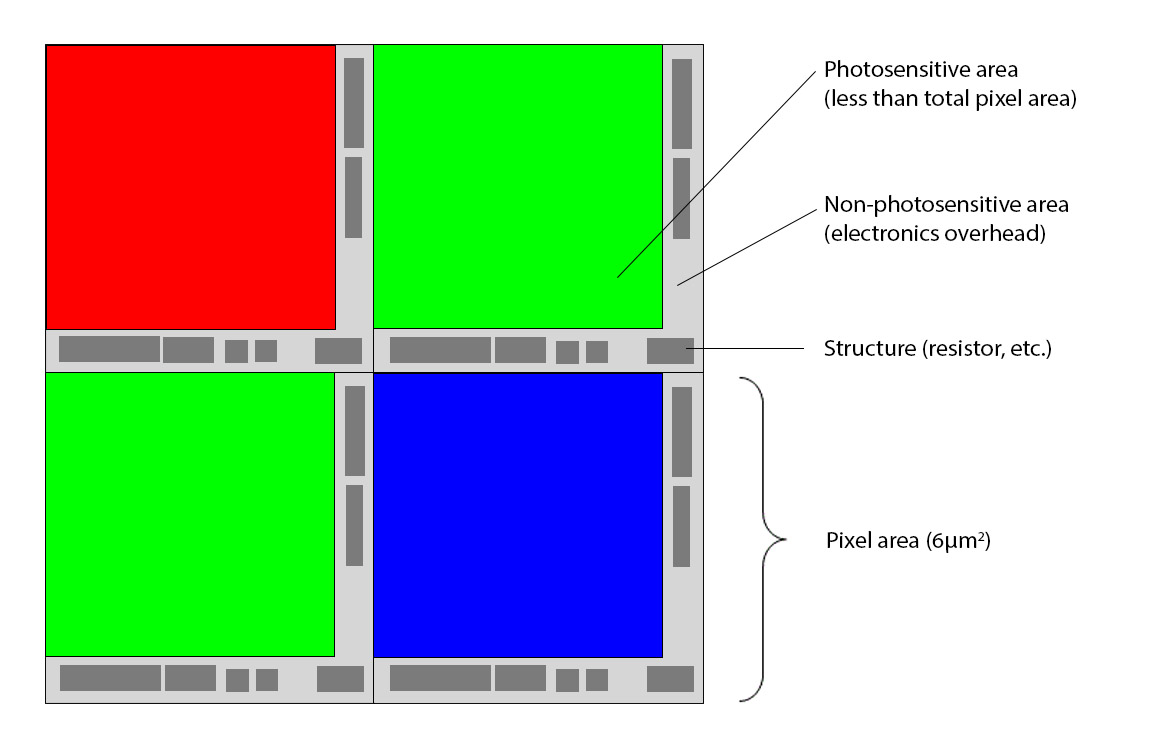
Diagram of the surface of a sensor. If structures can be made smaller, the non-photosensitive areas can be minimized to allow for more surface area dedicated to light gathering.
Well written and interesting article David. I was not among the group looking for more resolution. In my experience the higher the resolution the more difficult it is to achieve precise focus…I'm talking about really nailing the focus. I do a lot of people shots and the difference between a perfectly focused image and one that just barely…[Read more]
David K replied to the topic Processing S 006 DNG files in the forum Leica S (Typ 006) 11 years, 2 months ago
I use LR for basic adjustments and then move into Photoshop for things like skin retouching, etc. From a workflow perspective LR and Photoshop work seamlessly. Right click on an image in LR, choose edit in Photoshop, make the edits, close and save and the finished image is back in LR. From there I export it in the format and size needed. I…[Read more]
David K started the topic Sunrise Juno Pier in the forum Images to Share 11 years, 2 months ago
When I'm shooting sunrise photos I almost always use strobes. Thought I'd try something different for this image since it was intended to be more of a product shot than to showcase the model. I've got three potential clients interested in the shot…one sells yoga pants, another has a line of “clean” beverages and snacks and the third is rolling…[Read more]
David K replied to the topic Autumn Lake in B&W in the forum Images to Share 11 years, 3 months ago
Jack, I'm going to limit myself to picking my favorite shot, which is the one with the file name that begins with i-dkR. (As an aside…where did those weird names come from?) I like the sky best in that one. I'm a sucker for cloud formations…we have lots of them down here in Florida. I don't see a triptych here, but if anyone can make it…[Read more]
David K posted a new activity comment 11 years, 3 months ago
Thanks Roger…I know this is one of your favorite shooting spots. The ocean was flat and not much wind…so no surfers or kite boarders to shoot. Figured I'd work with what I had and fiddle around with some long exposures. This one was shot with the 35mm Summarit wide open for 8 secs. Probably could have used another 4 secs but it's been so…[Read more]
David K posted an update 11 years, 3 months ago
Lightning at the Juno PierDavid K replied to the topic Leica 120 mm CS: AF not working in the forum S Lenses 11 years, 3 months ago
Just a follow up post to let you know I finally (2 months+) got my 120 CS back and it is working perfectly. Updated firmware on my S2 and all lenses and have encountered no problems at all. Aside from the repair taking too long I've got no complaints.
David K commented on the post, Photokina 2014: Day 1 – Leica M System 11 years, 3 months ago
In reply to: David Farkas wrote a new post, Photokina 2014: Day 1 - Leica M System I arrived at the Koelmesse this morning, headed up the familiar steps of the South Entrance and made my way to Leica’s huge booth, again occupying the entirety of Hall 1.The place is enormous with areas for each s […]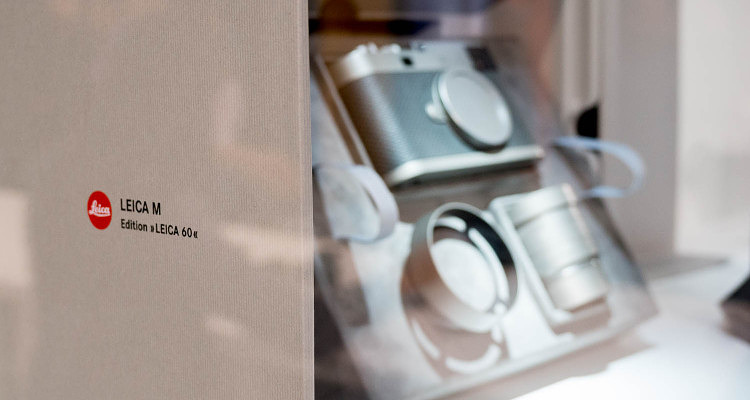 View
View David…thanks for the well written and informative report. Enjoyed reading it and look forward to the next chapter.
David K replied to the topic Leica 120 mm CS: AF not working in the forum S Lenses 11 years, 4 months ago
peterv, talk about adding insult to injury!!! Leica service should be ashamed of themselves for sending that lens back to you without the latest firmware and having testing it to make sure it was functioning properly. My lens has been gone two months now. Leica told me yesterday that it was scheduled to be repaired by today. If they're on…[Read more]
David K replied to the topic Leica 120 mm CS: AF not working in the forum S Lenses 11 years, 4 months ago
Curious to hear from those who have gotten back their repaired 120mm CS lenses. How's the AF working? How long did the repair take/cost?
David K replied to the topic Solace by Joe Donovan in the forum Images to Share 11 years, 5 months ago
Thanks for posting this Jack. Like you guys I have fond memories of our New England trip and Joe. Great guy as well as a talented photographer.
David K replied to the topic S(006) CS Lens flash max sync speed with Elinchrom Skyport Quadra Hybrid A Heads in the forum Leica S 11 years, 5 months ago
You might find this thread helpful…
http://www.reddotforum.com/showthread.php/971-Radio-triggers-capable-of-syncing-at-1-1000-s
David K replied to the topic Radio triggers capable of syncing at 1/1000 s in the forum S Lenses 11 years, 5 months ago
Bob,
Congrats on your new Move pack…you're going to love it. After shelling out the $$ to upgrade to CS lenses I've been frustrated by not being able to utilize their higher sync speed capabilities until now. I recently found out the hard way that 1/125th sync speed is sometimes insufficient to freeze motion when shooting handheld with a…[Read more]
David K replied to the topic Radio triggers capable of syncing at 1/1000 s in the forum S Lenses 11 years, 5 months ago
David K replied to the topic Radio triggers capable of syncing at 1/1000 s in the forum S Lenses 11 years, 5 months ago
I've been going back and forth with my friend Dave McRitchie and his tech guy Chris Valites at Capture Integration on this issue and doing a little testing myself. Turns out that the flash duration of the pack has quite a bit to do with whether you can sync at higher shutter speeds. With my new Broncolor Move 1200 pack the flash duration is so…[Read more]
David K replied to the topic Radio triggers capable of syncing at 1/1000 s in the forum S Lenses 11 years, 5 months ago
David K … have you thought about using the AIR transmitter, and an AIR receiver unit plugged in to your Broncolor pack? While it won't allow adjustment of levels like with a Profoto AIR pack, it'll trigger it from great distances without the hard-wire limitations.
You wouldn't need the more expensive AIR radio units with level controls,…[Read more]
David K replied to the topic Leica 120 mm CS: AF not working in the forum S Lenses 11 years, 5 months ago
Leica should make repairing these faulty 120's and getting them back to their owners a priority. In other words…move these lenses to the top of the cue, fix them and ship them back promptly. I've had my fair share of Leica gear needing to be repaired. I'm happy to say that in every case the repair was handled satisfactorily, albeit not always…[Read more]
David K replied to the topic Leica 120 mm CS: AF not working in the forum S Lenses 11 years, 6 months ago
I just had precisely the same thing happen to my 120 CS. Whirring sound for several seconds…and will not AF. My other lenses all work fine…even my Contax zoom with adapter is working. Nothing precipitated this failure. Worked fine last time…now it doesn't.
David K replied to the topic Long Exposure with Contax 45-90 zoom in the forum Images to Share 12 years ago
Jack, like you I first tried my hand at long exposures on David's Fall foliage trip. I remember how we all snapped up those ND filters when we saw what we could get using them.
Peter, I think you've identified the key elements…not all of which are under my control. It can take a lot of trips to the beach before the stars are in…[Read more]
David K replied to the topic Big Sur fog at sunset in the forum Images to Share 12 years ago
This is a fantastic capture Jack. I'd print it and hang it on the wall.
- Load More


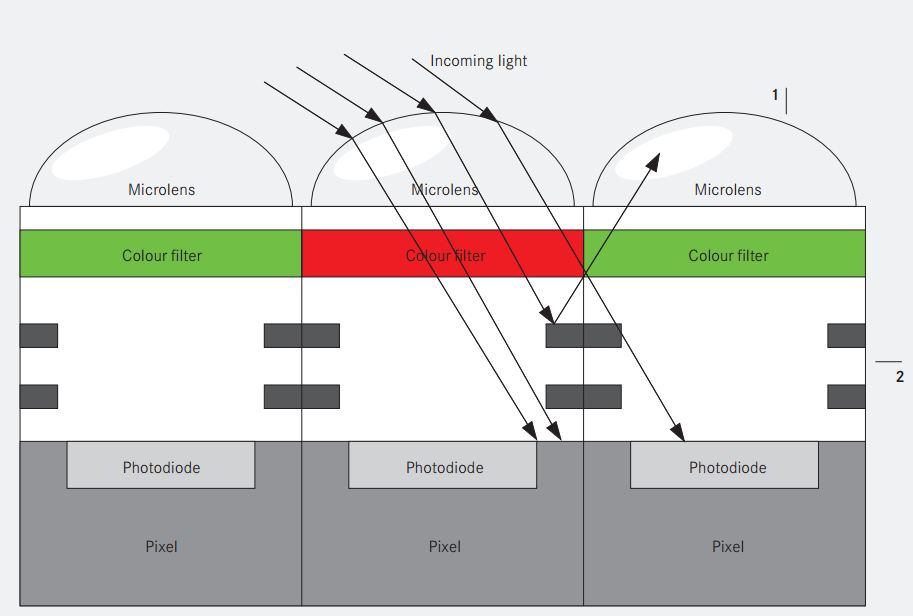
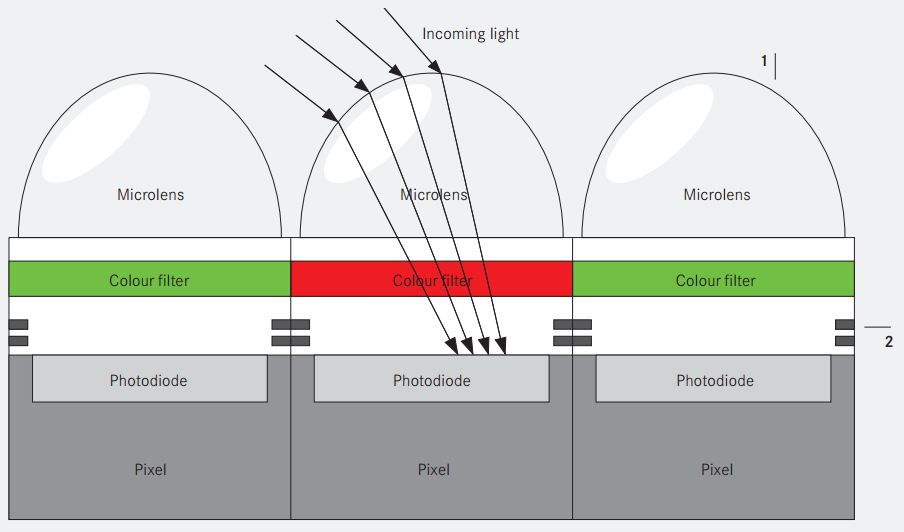


Very nice photograph of my favorite pier ! Never get tired of looking at the Ocean .
Thanks Roger…I know this is one of your favorite shooting spots. The ocean was flat and not much wind…so no surfers or kite boarders to shoot. Figured I'd work with what I had and fiddle around with some long exposures. This one was shot with the 35mm Summarit wide open for 8 secs. Probably could have used another 4 secs but it's been so…[Read more]